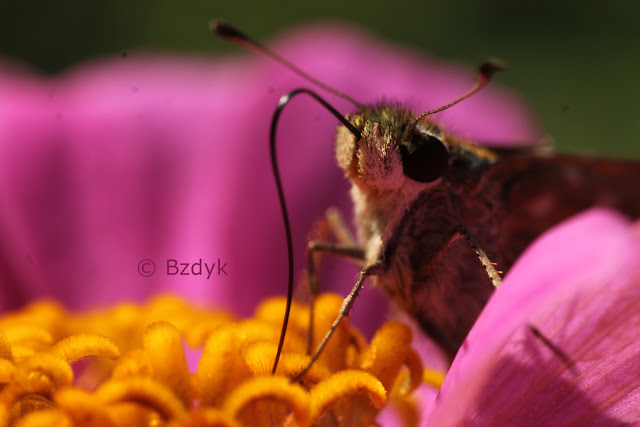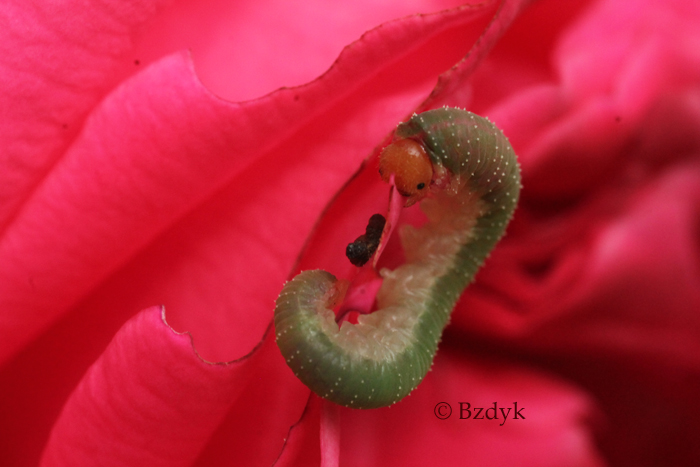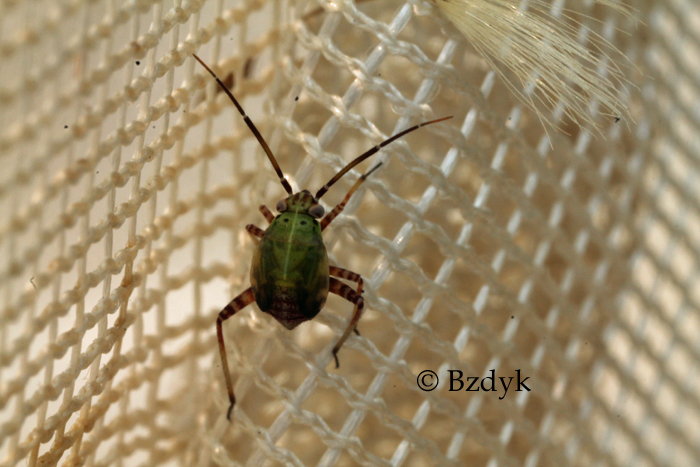I've been taking plenty of pictures this past summer and fall, but have had little time to process and put them up to share. But I've finally found some time!
Here's goldenrod - Genus Solidago, in the Aster family.
Here's another Aster.
A delicate looking bug in the family Berytidae, known as a stilt bug, perches on an Aster
Bees enjoy Asters, as do wasps. They provide a valuable late summer and fall nectar source.
This is a female paper wasp, genus Polistes
And this wasp of the same genus is a male. You can tell by his cute yellow face. Many male bees and wasps are sexually dimorphic, with females and males differing visually.
Spiders get larger and more obvious in the fall, as they eat as much as they can to gather the nutrients to produce eggs. Most species die by winter.
Here's a mantid nymph. They also eat as many insects as they can, growing through late summer and fall before laying eggs
As apples ripen on the trees and fall off, you can find lots of insects feasting.
One of the most alarming visitors to the fallen apples are yellowjackets. Yellowjackets become increasingly active and apparent in the fall. They try to collect as much food as they can before the colony dies back for the winter. Some species overwinter in their nests, but many die and only the new queens overwinter. In either case, the foraging workers get a bit frantic and desperate as they look everywhere for food. I was stung this fall by a European Yellowjacket, and it hurt!
Here's a caterpillar munching on a very pink rose. You can see some of the pink color at the beginning of its digestive tract
A bumble bee drinks nectar from a marigold
Some colorful aphids on Multiflora rose
A walkingstick cruises up a tree trunk.
A lovely large orange ant, the reddish carpenter ant Camponotus castaneus stares at me while I take her picture.


























































